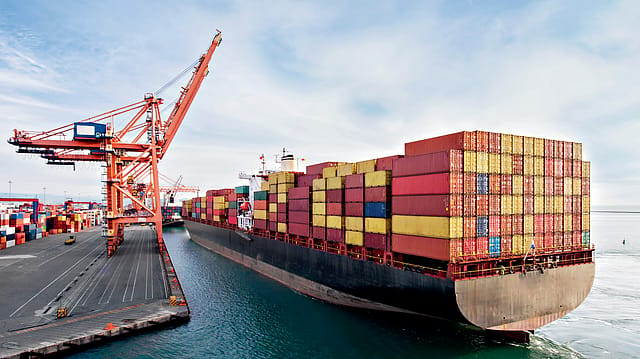India has untapped export potential in Italy, Belgium, Germany, Indonesia, France, UK: CareEdge
ADVERTISEMENT

India’s export basket has high complementarity with the import baskets of Italy, Belgium, Germany, Indonesia, France, and the UK. However, currently, these countries account for a low share of India’s total exports reflecting untapped potential markets, an analysis of the trade complementarity index (TCI) carried out by CareEdge Ratings shows.
The analysis forms part of a knowledge paper titled ‘Trade: The Fulcrum of India’s Growth’ published by CareEdge. The knowledge paper emphasises the critical role played by trade in enhancing the welfare of any economy, while also laying down measures required to meet India’s ambitious $ 2 trillion export by 2030 target.
“The Indian economy has proved to be a testimony of resilience in the face of innumerable challenges. Trade has played a pivotal role in India’s growth story so far and remains critical in the journey ahead. The present geo-political landscape presents India with an opportunity to establish itself as a global partner of choice. The recent headwinds from the global supply chain disruptions, negative spillovers from geo-political conflicts, and the slowdown in global growth have reiterated the need for strategic partnerships with like-minded countries”, Mehul Pandya, MD & CEO, CareEdge Ratings, says.
December 2025
The annual Fortune 500 India list, the definitive compendium of corporate performance, is out. This year, the cumulative revenue of the Fortune 500 India companies has breached $2 trillion for the first time. Plus, find out which are the Best B-schools in India.
“To meet the set export target of US$ 2 trillion by 2030, India needs to achieve a CAGR of 12% for merchandise exports and 18% for services exports over the upcoming eight years. This is definitely a challenging task and would require planning and policy support. Appropriate strategic partnerships can play a key role in enabling India to achieve its full potential," Rajani Sinha, Chief Economist, CareEdge Ratings says.
According to the knowledge paper, India needs to adopt a multifaceted approach to truly harness the potential of new trade agreements. "India must focus on exports of goods and services in which it enjoys an RCA (Revealed comparative advantage). If RCA is greater than 1, it is interpreted that the country has a comparative advantage in exports. On the merchandise front, India has RCA in intermediate goods (1.6) and consumer goods (1.4). On the services front, India enjoys a comparative advantage in telecommunication, computer, and information services (3.3) and other business services (1.5)," the paper points out.
On the potential of new trade agreements, it suggests that India must focus on capitalising investment opportunities and technology transfer, negotiation of removal of non-tariff barriers in the form of tariff quotas, technical barriers to trade, antidumping and countervailing duties, increase the utilisation rate of trade agreements which currently is low ranging between 5-25% and ensure effective engagement with the key stakeholders.
